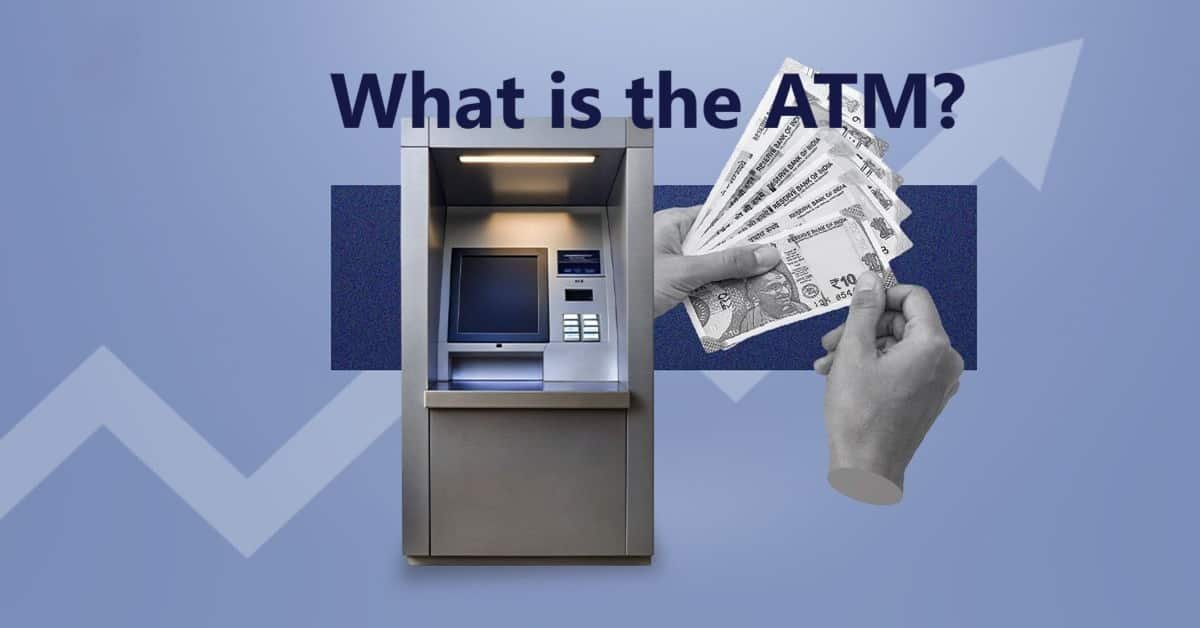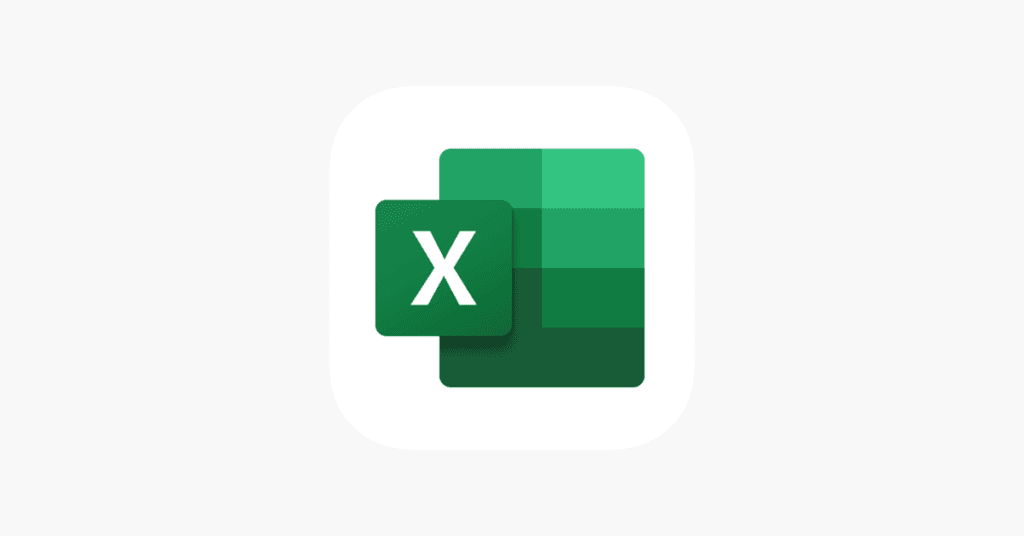An ATM, or Automated Teller Machine, is a specialized electronic device that allows bank customers to perform various financial transactions without the need for human assistance. Here’s a detailed overview of what an ATM is and its key features:
Overview of ATM
1. Functions
ATMs provide a range of banking services, including:
- Cash Withdrawals: Users can withdraw cash from their accounts using their debit or credit cards.
- Deposits: Many ATMs accept deposits, allowing users to deposit cash or checks directly into their accounts.
- Account Balance Inquiries: Customers can check their account balance quickly.
- Fund Transfers: Users can transfer money between accounts (e.g., from a checking account to a savings account).
- Mini-Statements: Some ATMs provide a mini-statement of recent transactions.
2. Accessibility
- ATMs are available 24/7, making them convenient for customers who need banking services outside of regular banking hours.
- They can be found in various locations, including bank branches, shopping centers, airports, and convenience stores.
3. How to Use an ATM
Using an ATM typically involves the following steps:
- Insert Card: Place your debit or credit card into the machine.
- Enter PIN: Input your Personal Identification Number (PIN) for security.
- Choose Transaction: Select the type of transaction you want to perform (withdrawal, deposit, balance inquiry, etc.).
- Follow Prompts: Follow the on-screen instructions to complete the transaction.
- Complete Transaction: Collect your card, cash, or receipt and ensure the transaction is complete.
4. Security Features
- ATMs have security measures in place, such as encryption and surveillance cameras, to protect users’ information and funds.
- It’s crucial to cover the keypad while entering your PIN and to be aware of your surroundings when using an ATM.
5. Fees
- While many banks allow their customers to use ATMs without fees, some ATMs (especially those not operated by your bank) may charge transaction fees. Always check for any fees before completing a transaction.
Types of ATM Machines
ATMs (Automated Teller Machines) come in various types, each designed to serve different functions and meet specific needs. Here’s an overview of the main types of ATM machines:
1. Traditional ATM
- Description: The most common type, typically found at bank branches.
- Functions: Allows users to withdraw cash, check balances, and print mini-statements. Some also accept deposits.
2. Cash Dispenser ATM
- Description: Primarily focuses on dispensing cash.
- Functions: Allows users to withdraw cash only, often found in high-traffic areas like shopping centers and airports.
3. Deposit ATM
- Description: Specifically designed for depositing cash and checks.
- Functions: Accepts deposits, provides immediate credit to accounts (in many cases), and may also offer features for account inquiries.
4. Interactive Teller Machine (ITM)
- Description: Combines ATM functions with video conferencing technology.
- Functions: Users can interact with a remote teller for assistance with transactions that require human support, offering services like loan applications or account management.
5. Mobile ATMs
- Description: Portable ATMs that can be set up temporarily at events or festivals.
- Functions: Provide similar functionality to traditional ATMs, often used for cash withdrawals during events where access to fixed ATMs may be limited.
6. Smart ATMs
- Description: Advanced ATMs with added features and technologies.
- Functions: May offer services like account management, transaction history, multi-currency withdrawal, and biometric authentication (like fingerprint or facial recognition) for added security.
7. Off-site ATM
- Description: Located away from bank branches, such as in convenience stores or supermarkets.
- Functions: Primarily used for cash withdrawals, balance inquiries, and transfers, but may also accept deposits in some cases.
8. Bank-owned vs. Third-Party ATMs
- Bank-owned ATMs: Operated directly by banks, typically offering full services for their customers.
- Third-Party ATMs: Operated by independent providers or convenience stores. They may charge higher fees and typically offer basic withdrawal services.
Yearly Charges for ATM/Debit Cards by Bank
The annual charges for ATM cards (debit or credit cards) in India can vary significantly between different banks and card types. Below is a general overview of the yearly charges associated with ATM cards from various banks. Please note that exact fees may change, so it’s advisable to check with the respective bank for the most current information.
1. State Bank of India (SBI)
- SBI Classic Debit Card: ₹0 (Free for non-metro cities)
- SBI Gold Debit Card: ₹300 (Free if minimum quarterly balance is maintained)
- SBI Platinum Debit Card: ₹500 (Free if minimum quarterly balance is maintained)
2. HDFC Bank
- HDFC Regular Debit Card: ₹250 (Annual fee applicable)
- HDFC Platinum Debit Card: ₹750 (Annual fee applicable)
- HDFC Women’s Advantage Debit Card: ₹500 (Annual fee applicable)
3. ICICI Bank
- ICICI Bank Silver Debit Card: ₹125 (Annual fee)
- ICICI Bank Gold Debit Card: ₹250 (Annual fee)
- ICICI Bank Platinum Debit Card: ₹500 (Annual fee)
4. Axis Bank
- Axis Bank Classic Debit Card: ₹250 (Annual fee)
- Axis Bank Premium Debit Card: ₹500 (Annual fee)
- Axis Bank Marquee Debit Card: ₹750 (Annual fee)
5. Punjab National Bank (PNB)
- PNB Regular Debit Card: ₹100 (Annual fee)
- PNB Gold Debit Card: ₹300 (Annual fee)
- PNB Platinum Debit Card: ₹500 (Annual fee)
6. Kotak Mahindra Bank
- Kotak Regular Debit Card: ₹0 (Free for maintaining a minimum balance)
- Kotak Platinum Debit Card: ₹500 (Annual fee without minimum balance)
7. Bank of Baroda
- Bank of Baroda Debit Card: ₹100 (Annual fee)
- Bank of Baroda Visa Platinum Debit Card: ₹300 (Annual fee)
8. Union Bank of India
- Union Bank Classic Debit Card: ₹100 (Annual fee)
- Union Bank Platinum Debit Card: ₹300 (Annual fee)
ATM FAQs
Here are some frequently asked questions (FAQs) about ATMs, along with concise answers to help clarify common inquiries:
1. What is an ATM?
An ATM (Automated Teller Machine) is an electronic machine that allows bank customers to perform financial transactions, such as cash withdrawals, deposits, and account inquiries, without the need for a bank teller.
2. How do I use an ATM?
To use an ATM, insert your debit or credit card, enter your Personal Identification Number (PIN), select the type of transaction (such as withdrawal or deposit), follow the on-screen prompts, and complete your transaction.
3. Can I withdraw cash from any ATM?
Yes, you can use most ATMs to withdraw cash. However, your bank may charge fees if you use an ATM outside of its network.
4. Are there fees for using an ATM?
Fees can vary depending on your bank and the ATM operator. Some banks allow fee-free transactions at their ATMs, while using a non-affiliated ATM may incur charges. Always check for any displayed fees before completing a transaction.
5. Can I deposit cash or checks at any ATM?
Not all ATMs accept deposits. You should look for ATMs that are specifically designed for deposits, usually located at bank branches or designated locations.
6. What should I do if my ATM card is swallowed by the machine?
If your card is swallowed by the ATM, contact your bank immediately to report the incident. They can assist with retrieving your card or issuing a replacement.
7. What security features do ATMs have?
ATMs are equipped with security measures, including encryption, surveillance cameras, and anti-skimming devices to protect users’ information and funds. It’s important to stay aware of your surroundings when using one.
8. Can I change my PIN at an ATM?
Yes, many ATMs allow you to change your PIN. Follow the onscreen instructions after selecting the option for PIN management.
9. What to do if I forget my PIN?
If you forget your PIN, you will typically need to contact your bank to request a new one. Some banks offer ways to reset your PIN via their mobile app or online banking, but this varies by institution.
10. Are ATMs available 24/7?
Many ATMs operate 24/7 for customer convenience, but some may have limited hours depending on their location.
Conclusion
ATMs are essential banking tools that provide convenient access to cash and other banking services. They enhance the banking experience by offering users flexibility and ease of access to their funds.


